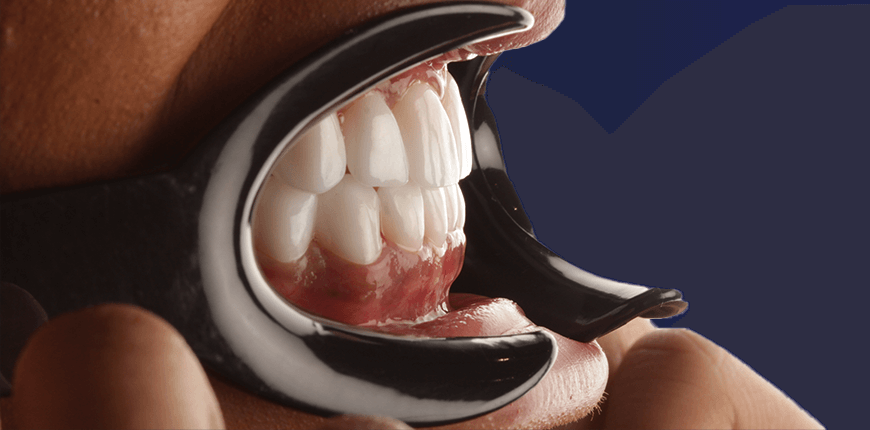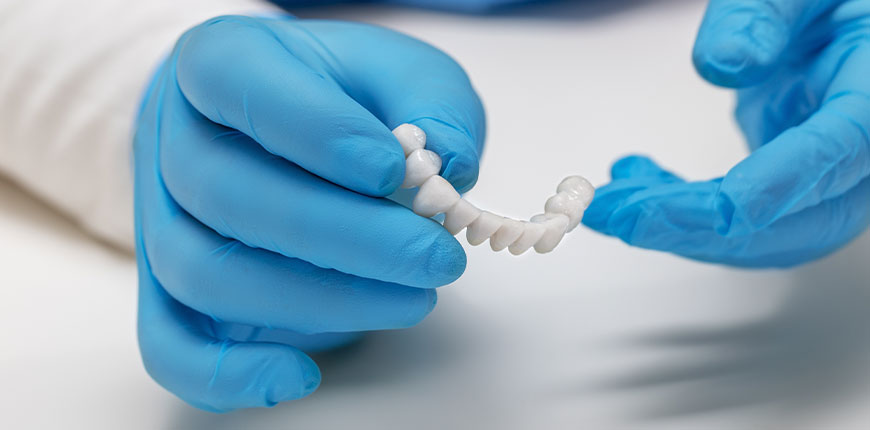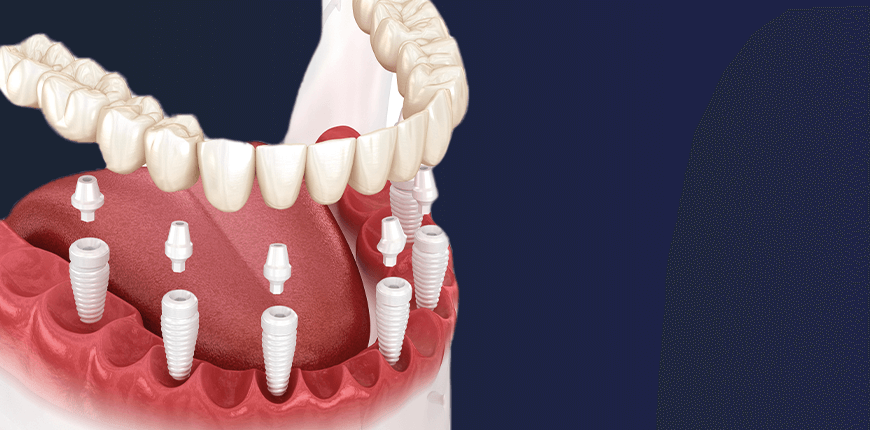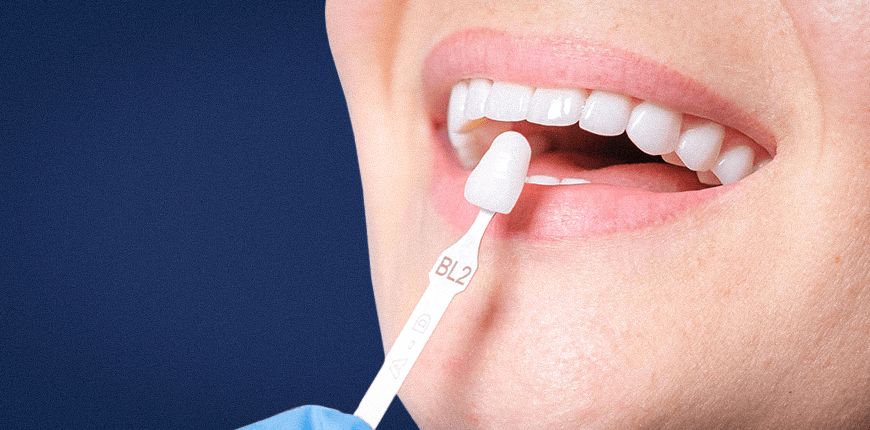
Zirconium Crown
The zirconium crown procedure typically involves preparing the tooth by removing any decay or damage and shaping the remaining tooth structure to fit the crown. Zirconium crowns are known for their strength, durability, and natural-looking appearance, making them an excellent choice for restoring damaged or decayed teeth, as well as for replacing old or worn dental restorations.
What is Zirconium Dental Crown?
Zirconium crown treatment is a dental treatment procedure involving zirconium ceramic material to create a durable and natural-looking crown to restore a damaged or decayed tooth.
Zirconium crowns are extremely durable, long-lasting, and resistant to chipping, cracking, and abrasion. They are also biocompatible, meaning they are unlikely to cause allergic reactions or irritation in the mouth. In addition, zirconium crowns are translucent and can be customized to match the color of the surrounding teeth, resulting in a natural-looking smile.
In Which Cases Is Zirconium Crown Treatment Performed?
A good candidate for a zirconium crown is someone who has a damaged or decayed tooth that cannot be restored with a filling, inlay, or onlay. There are some special cases where a zirconium crown may be considered necessary.
- Severe Tooth Decay: If a tooth has decayed to the point where a filling or other dental restoration cannot cure it, zirconium crown treatment may be appropriate.
- Cracked or Fractured Tooth: When a tooth is cracked or fractured and is too severe to be repaired with a filling, zirconium treatment may be considered necessary.
- Root Canal Treatment: When a tooth has undergone root canal treatment, a crown may be needed to strengthen and protect it.
- Filling Replacement: When a large filling needs to be replaced and there is not enough tooth structure left to support a new filling, zirconium crown treatment can be performed.
- Cosmetic Improvement: If a tooth has a serious cosmetic defect that cannot be corrected with other treatments such as teeth whitening or veneers, zirconium crown treatment may be appropriate.
It is important to remember that not everyone is a good candidate for zirconium crowns. People who grind their teeth, have significant tooth decay or gum disease, or have certain medical conditions may not be suitable candidates for this treatment. At this point, the dentist will assess the patient's oral health and determine whether a zirconium crown is the right treatment option.
How is Zirconium Crown Treatment Performed?
 The dentist first examines the damaged or decayed tooth to determine if a crown is necessary. If a crown is necessary, the dentist prepares the tooth by removing decayed or damaged tissue and shaping the remaining tooth structure to fit the crown.
The dentist first examines the damaged or decayed tooth to determine if a crown is necessary. If a crown is necessary, the dentist prepares the tooth by removing decayed or damaged tissue and shaping the remaining tooth structure to fit the crown.
The dentist then takes an impression of the prepared tooth using a paste-like material or a digital scanner. This impression is used to create a customized zirconium crown. The impression is sent to a dental laboratory where the zirconium crown is manufactured. The crown is then designed to match the size, shape, and color of the surrounding teeth.
Once the zirconium crown is ready, the dentist checks the fit and color before bonding it to the prepared tooth. During the crown placement appointment, the dentist numbs the tooth and the surrounding area with a local anesthetic. The zirconium crown is then placed on the prepared tooth and the dentist checks the fit. Once the crown is in the correct position, the dentist cements it in place.
What is the Recovery Process of Zirconium Crown Treatment?
The healing process after zirconium veneers is usually fast and comfortable. Most patients can resume their normal activities immediately after the procedure. However, there are some points to keep in mind to ensure proper healing and avoid any complications.
- Numbness: After the procedure, it is common to experience numbness in the treated area due to the local anesthetic used during the procedure. This numbness may last for several hours and until it has completely worn off, patients should avoid eating or drinking hot liquids or foods to prevent burns.
- Sensitivity: Some patients may experience tooth sensitivity to hot or cold or pressure on the crown. This is usually temporary and subsides within a few days to a week.
- Oral Hygiene: It is very important to maintain oral hygiene after having zirconium crowns. Patients should brush and floss regularly during this period and pay close attention to the area around the crown. It is also extremely important to attend regular dental check-ups to ensure that the crown remains healthy and safe.
- Diet: Patients should avoid eating or chewing hard or sticky foods for the first few hours after receiving a zirconium crown.
In general, most patients can return to their normal activities immediately after having zirconium crowns with only minor discomfort and sensitivity. However, in case of significant pain, swelling, or other complications, it is extremely important to contact your dentist.
-
Can Zirconium Crowns be whitened?
Zirconium crowns cannot be whitened with traditional teeth whitening methods because the zirconia material is not affected by bleach. However, if a patient wishes to improve the appearance of a zirconium crown, it can be replaced or modified by a dentist.
-
Are there any risks or complications associated with Zirconium Crown treatment?
As with any dental procedure, there are risks of complications with zirconium crown treatment, such as tooth sensitivity, gum irritation, or incompatibility. You can minimize these risks by choosing an expert dentist and following aftercare instructions.
-
Is Zirconium Crown more advantageous than other crown types?
irconium crowns are known for their strength and durability, making them a popular choice for back teeth that withstand heavy chewing forces. They also have a natural appearance and can be customized to fit the surrounding teeth. Compared to other types of crowns, zirconium crowns can be more expensive, but they are a good dental treatment choice for patients seeking long-lasting restorations.










